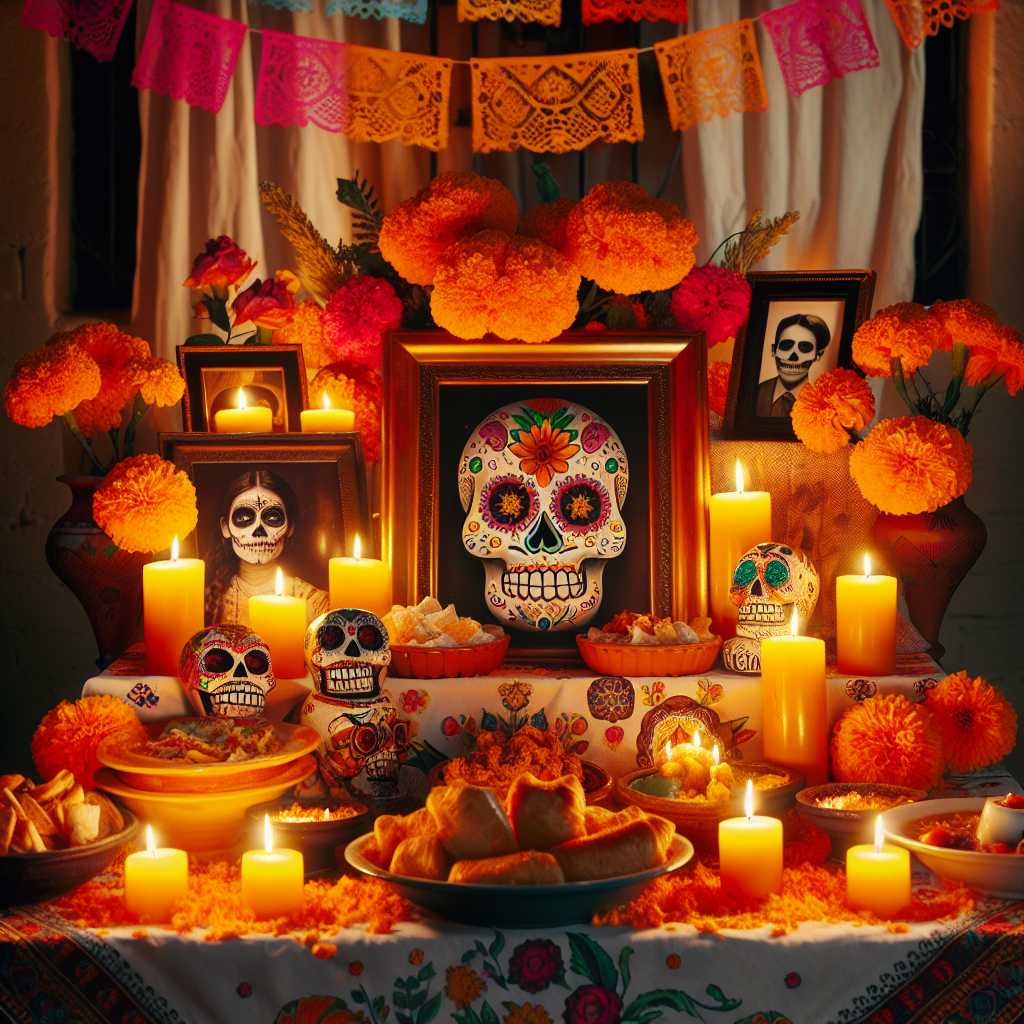Exploring Dia de los Muertos: The Rich Tapestry of Tradition and Culture
Dia de los Muertos, or Day of the Dead, stands out as one of the most recognizable and deeply cherished holidays originating from Mexico. Traditionally celebrated from October 31st to November 2nd, this holiday gracefully intertwines indigenous Aztec rituals with Catholic beliefs introduced by Spanish conquistadors. It offers an insightful perspective on life and death, showcasing vibrant festivities that honor the lives of the departed in a kaleidoscope of color, music, and tradition.
The Historical Roots of Dia de los Muertos
The Day of the Dead is a reflection of Mexico’s complex history, blending Pre-Hispanic indigenous traditions with European religious customs. Originally, indigenous groups such as the Aztecs observed a month-long event honoring the goddess Mictecacihuatl, known as the Lady of the Dead. These festivities were held in what equates to modern August.
However, after the Spanish conquest in the 16th century, native practices were increasingly submerged into Catholic traditions. The Day of the Dead then shifted to align with All Saints’ Day and All Souls’ Day on the Catholic calendar (November 1st and 2nd), aiming to syncretize Mesoamerican and Christian beliefs in a bid to adapt and preserve original rituals under new religious norms.
Significance and Symbolism of Dia de los Muertos
Day of the Dead is not merely a commemoration but a reunion with deceased ancestors. Those observing believe that, during this time, the border between the spirit world and the real world dissolves and souls of loved ones return briefly to partake in the celebrations prepared for them.
Each element incorporated into Day of the Dead carries significance: Marigolds, cempasúchil flowers, guide spirits back home with their vivid colors and scent; butterflies symbolize the spirits of ancestors returning; meticulously prepared altars known as ‘ofrendas’ feature favorite foods, beverages, and personal belongings; sugar skulls represent death and rebirth; while candles illuminate the path for souls to find their way.
Traditions and Celebrations Across Mexico
During Dia de los Muertos, individual families honor their deceased through private ceremonies, often tending gravesites, but community events unite towns in mutual respect for this cycle of life and death. Public spaces are adorned with colorful banners called ‘papel picado’, graveyards brighten under nights skies with thousands of candles, and parades turn streets into rivers of songs and dance.
Noteworthy regional celebrations manifest distinct flavors; for example:
– In Pátzcuaro, Michoacán, a nighttime boat procession on Lake Pátzcuaro ushers in loyalties to ancient traditions.
– In Oaxaca and Mexico City, vibrant parades showcase elaborate costumes and grand displays focusing on artistic expressions honoring those passed.
– Janitzio, an island in Lake Pátzcuaro, holds remarkable vigils where communities converge in candlelight serenades.
Impact Beyond Borders: Global Awareness and Appreciation
The reach of Dia de los Muertos extends well beyond Mexico’s borders. With cultural appreciation growing worldwide and Mexican communities dispersing internationally, manifestations of these colorful traditions now take place across North America and beyond. As UNESCO listed it as part of the Intangible Cultural Heritage of Humanity in 2008, worldwide fascination has grown surrounding its profound messages about life while celebrating death.
Education and Misunderstandings
With international exposure comes a need for increased understanding to avoid cultural appropriation. Ensuring educational exposure to Dia de Los Muertos allows for its respectful celebration and helps maintain its authenticity. Advocacy for cultural appreciation over appropriation is an ongoing conversation as global interest continues.
